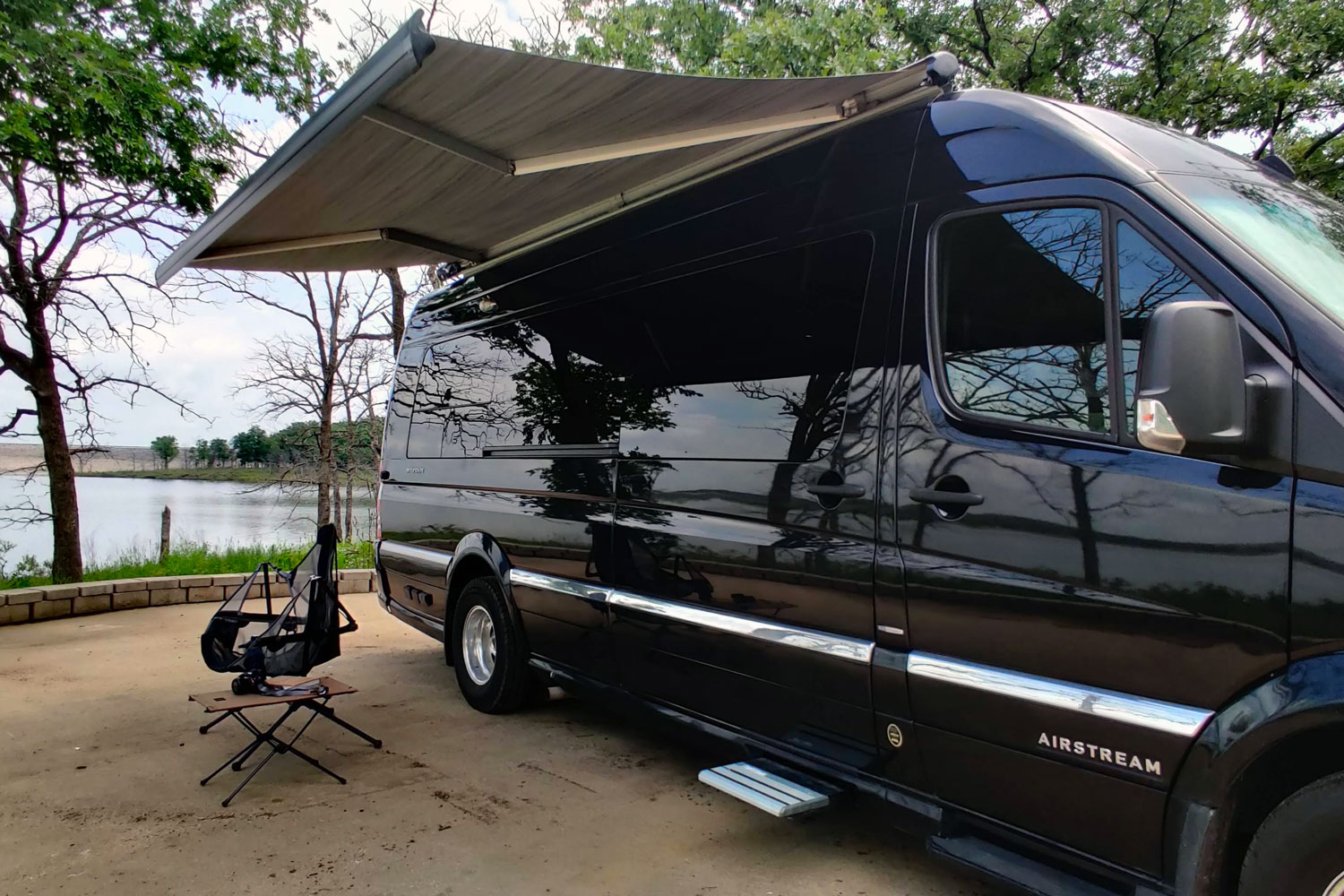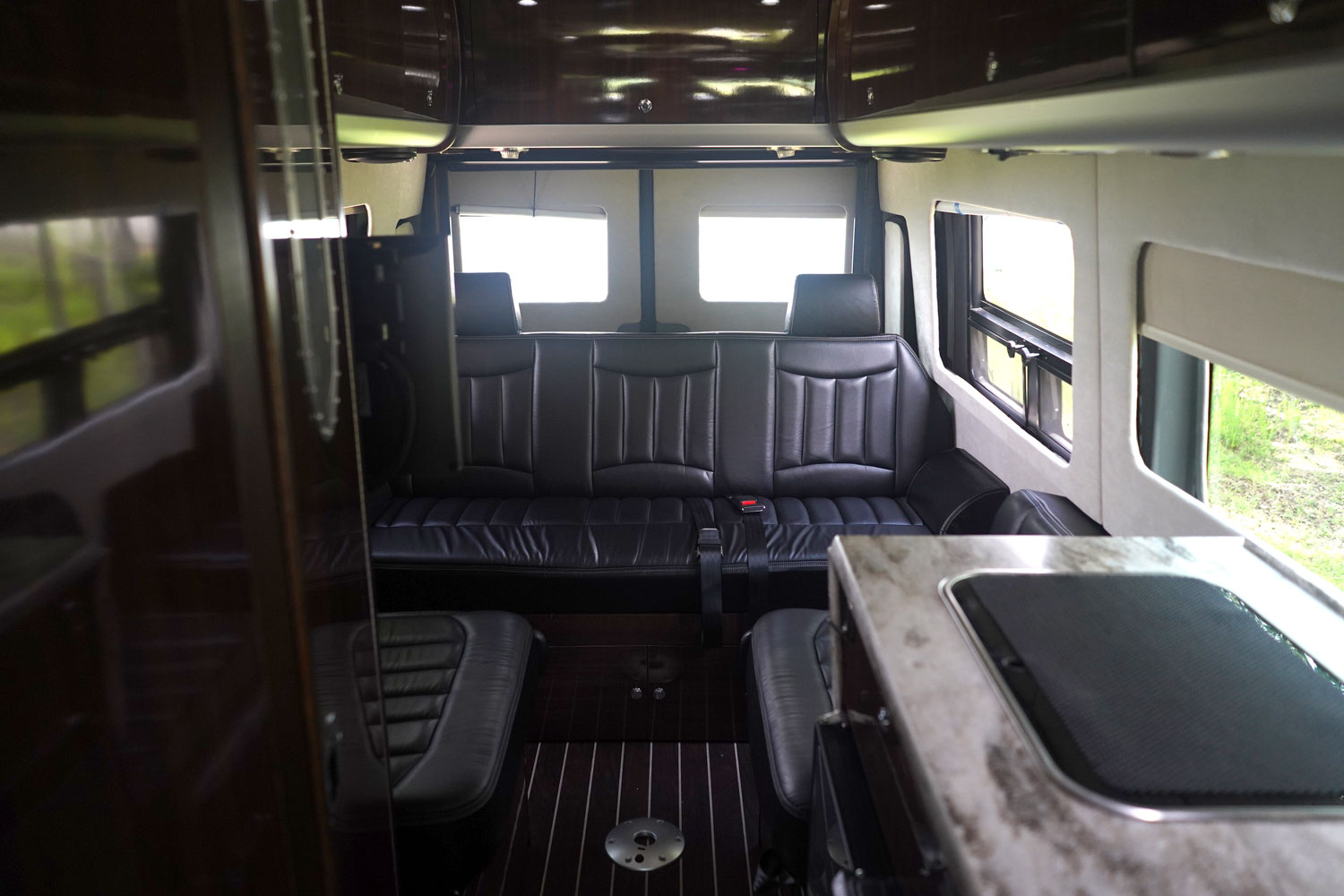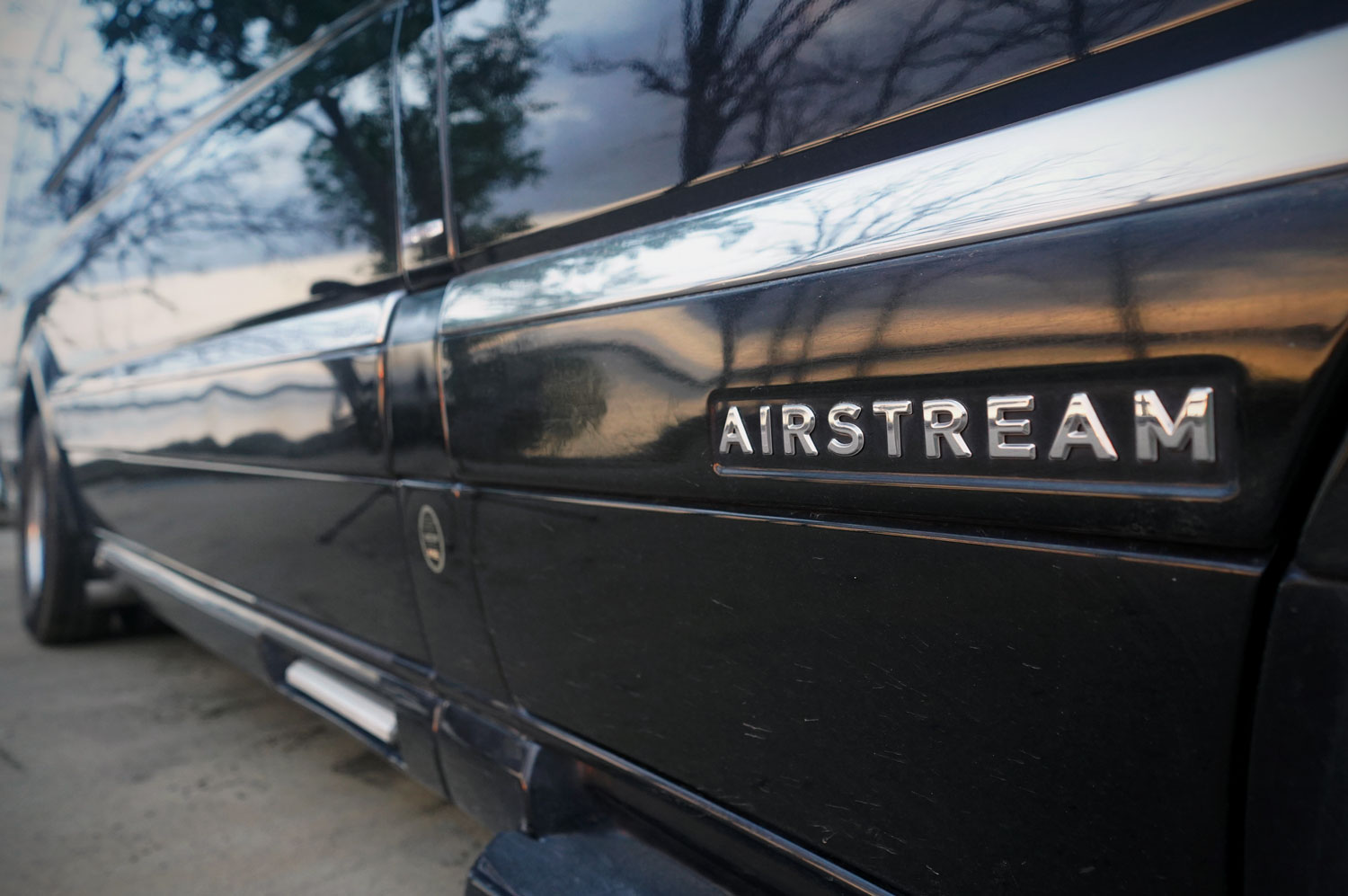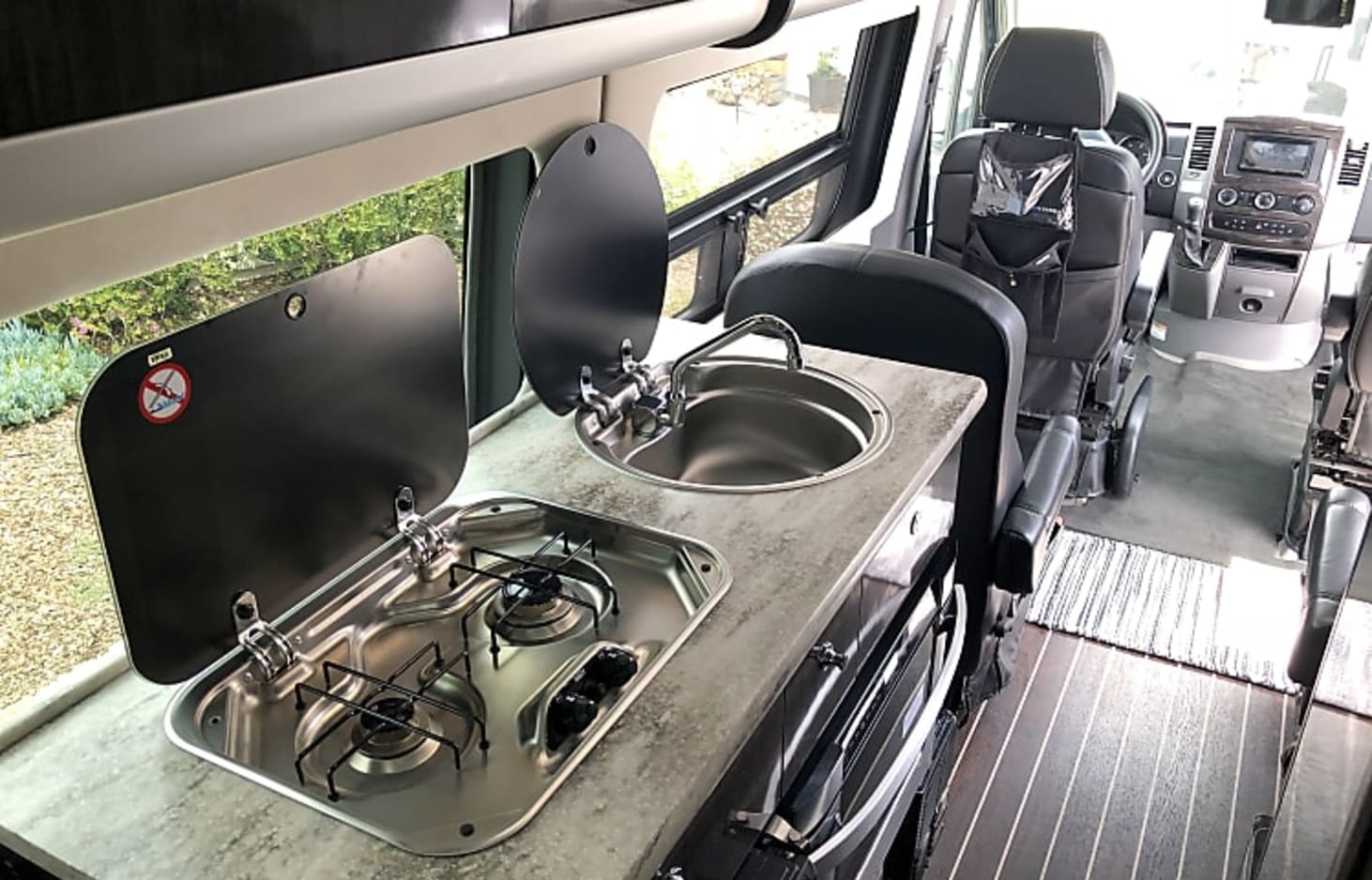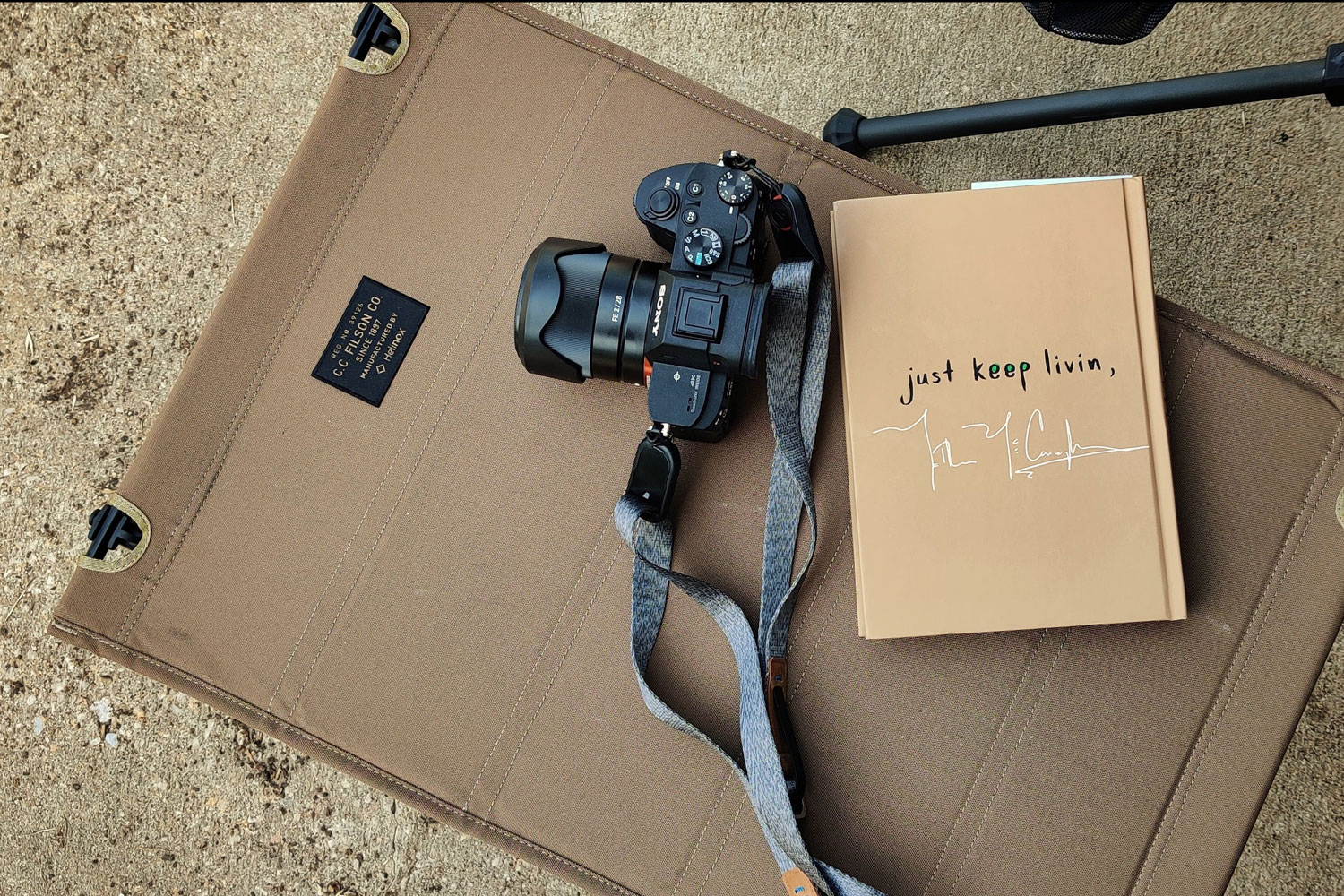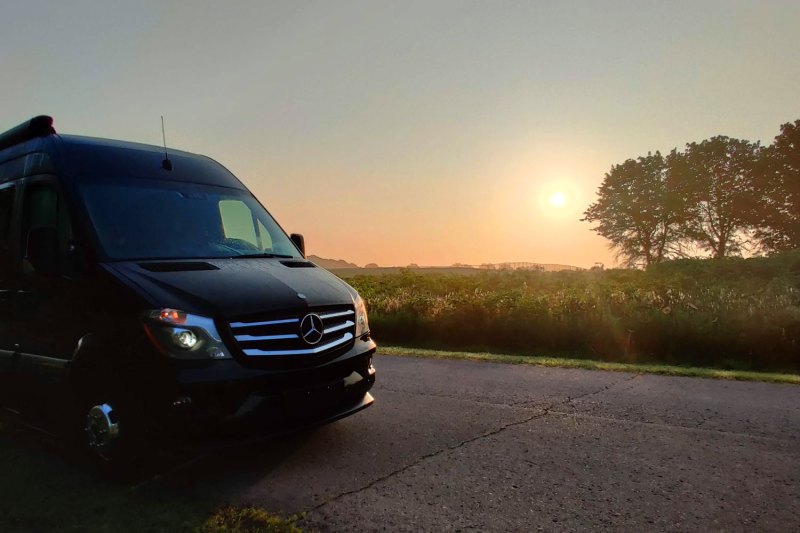
The last 18 months have been … strange, to say the least. When the pandemic was confirmed last spring, I, like most of us, went through something resembling the five stages of grief. Somewhere between stages two (anger) and three (bargaining), I was struck with the realization that I wouldn’t be traveling any time soon. As a professional travel writer, this wasn’t easy to process. I felt it on a personal and emotional level. In the ensuing months, the cabin fever became very real. Come last fall, I was ready to escape to almost literally anywhere. If I could’ve finagled a safe one-way flight to Akron, Ohio, I might’ve considered it.
So, in September, my girlfriend and I did the only sensible thing: We bought a travel trailer. Take that, coronavirus. We joined the ranks of the tens of thousands of pandemic sufferers who took to America’s (mostly) open roads last year in the ultimate act of escapism. Almost a year later, I’m happy to say it’s the best thing we’ve ever done. I recommend it to anyone who loves to travel, especially as the future of international travel seems up in the air (or not up in the air, as it were).
Related Guides
If you’re not ready or able to take that next big international vacation, yet you’re itching to get away, maybe an RV trip is in your future too. But if you’re new to recreational vehicles or a first-timer considering buying your own RV, I recommend trying before you buy. Thankfully, there’s an app for that. It’s called RVshare , and the folks there recently invited us to take their RV rental service for a ride.
RVshare Explained
RVshare has done for RVs what Airbnb did for vacation homes, Turo did for cars, and Swimply did for swimming pools. It’s a peer-to-peer rental site that connects RV owners with anyone looking to rent an RV. At its core, RVshare promises to help you “find the perfect RV rental” with a “wide-ranging inventory” that makes up the “largest RV rental marketplace.” They boast listings in every U.S. state, so chances are good there’s an RV waiting to be rented near you. If you’ve ever booked a vacation getaway through Airbnb, you’ll recognize the process. It’s quick and pain-free. The entire process can take less than an hour from sign-up to search to booking to confirmation.
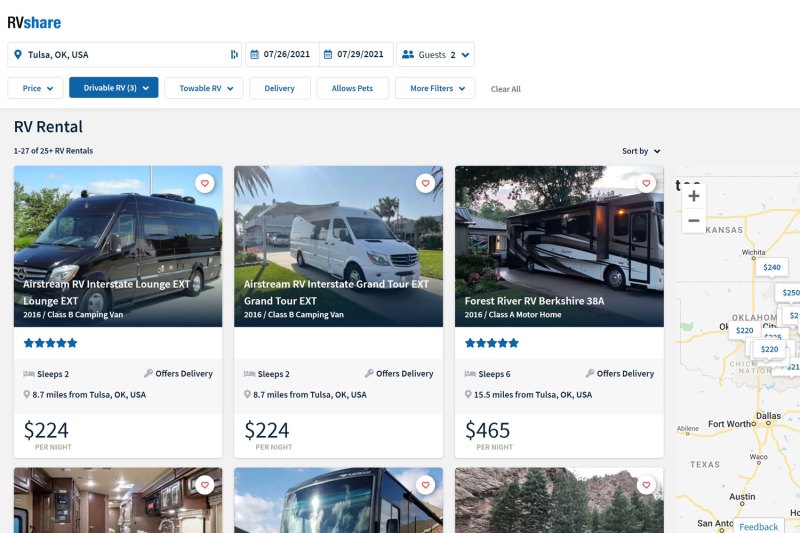
Finding the Perfect RV Rental Through RVshare
The site’s search is similar to Airbnb, which is to say it’s deceptively simple, allowing you to get started with only the location, dates, and total number of people who will be camping. From there, you can dial in the exact type of RV you’re looking for by narrowing down your search with a long list of features and amenities. That includes almost everything you’d expect to find in a modern condo — things like refrigerators, kitchen sinks, toilets, outside showers, DVD players, and iPod docking stations. If bringing your dog or smoking in the RV matter to you, be sure to include those in your search too.
Some owners will even deliver their RV to your home or a nearby campground, usually for a fee. To really simplify the setup and breakdown process, some even accommodate stationary camping on their property. All you have to do is show up. Be mindful of any special requirements, as some owners don’t want their RVs used for festivals, concerts, or other large events.
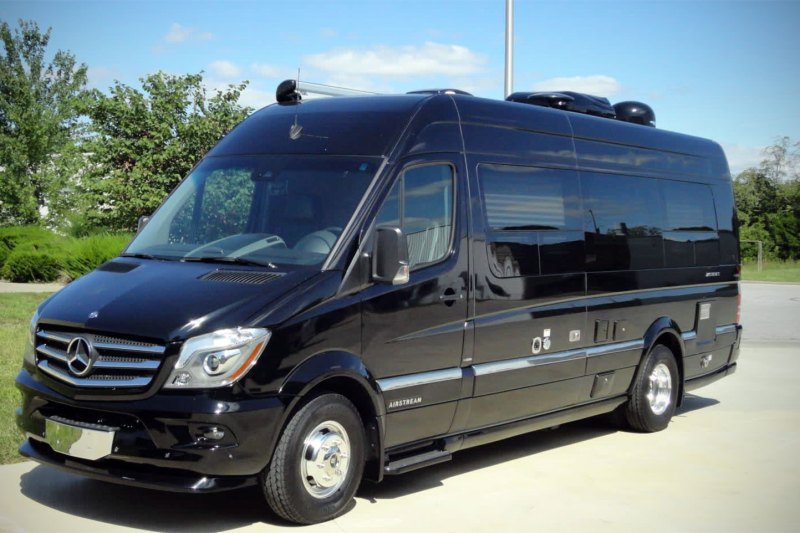
Booking Your First RV Rental
If you’re not especially picky, you can find a rental near you, double-check the features, amenities, and requirements, and book it in less than 15 minutes. For my own rental, I was traveling alone and without pets, and I specifically wanted a drivable “van-like” model. It took about 45 minutes, but that’s because most of the RVs near my hometown of Tulsa — and there were quite a few — were already booked, and I was searching last-minute.
Some listings allow renters to Instant Book without having to wait for the owner to respond. My owner was a bit more discerning (I would be too if I were handing over the keys to a $250,000 vehicle to a total stranger), so I needed to request my dates and wait for a response. This is where it pays to fill out your rental profile so potential owners can see your face, get a feel for your RV’ing experience, and find out where you intend to take their vehicle. The owner confirmed my booking in less than 24 hours, and I was ready to roll.
It’s worth noting that, in addition to the rental fees, you should expect to pony up a sizable security deposit (mine was $1,500), rental insurance costs ($40 per day for my rental), and taxes too. All-in prices vary widely based on the pickup location, size, length, amenities, and rental period. Basic towable travel trailers can run less than $50 per night, while the most luxurious, full-featured Class A motorhomes can cost more than $400 nightly.
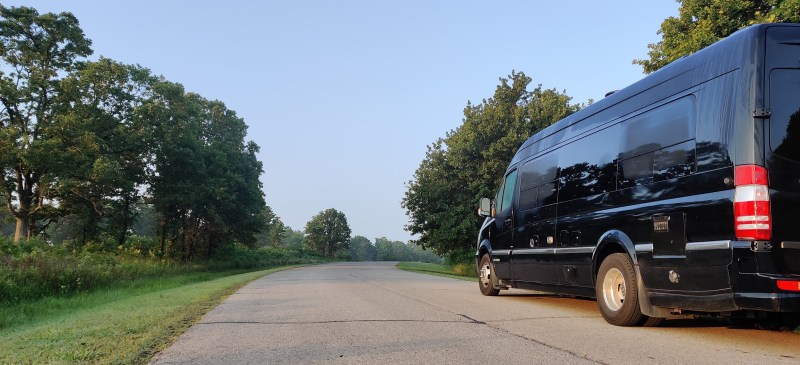
The Day of Pickup
At pickup, the owner patiently reviewed every last feature of his 2016 Airstream Interstate with me. He showed me the city water hookup, where the electrical cables were stored to connect to shore power, how the backup cameras worked, etc. Renters should feel free to ask about anything they’re unsure of to avoid any confusion and potential damage to the rental. Like renting a car at the airport, the process also includes a walk-around to note any existing damage, fuel levels, generator hours, etc. Meeting the owner, examining the RV, and driving away took little more than 30 minutes. Depending on your experience level, how complicated the RV is, and what questions you might have, I can’t see this taking much longer than an hour. RVshare makes it completely painless.
Camping in Style
Like most RVshare listings, mine included a thorough description and plenty of photos, so I knew what to expect. Still, I was surprised to find that, unlike my pared-down 17-foot travel trailer, this was more like a private jet. The Airstream badging should’ve been a clue. Polished wood paneling and plush, dark fabrics covered every inch of the interior, with shiny chrome hardware throughout. Ambient under-cabinet lighting gave the cabin a moody, cigar lounge feel. Every creature comfort of home — a galley kitchen, a wet bathroom with a shower, air conditioning, an electric fold-down king-sized bed, and a big-screen TV — was packed into the Interstate’s modest 24-foot frame. This meant the three days I spent camping in rural Oklahoma was no ordinary “roughing it” experience.
I arrived at Birch Cove Campground a couple of hours before dark and backed into my waterfront campsite. The backup cameras did a lot of the heavy lifting here. From parking the rig and hooking up to shore power to deploying the automatic awning and popping open my camp chair and table, I was officially camping on the water in less than 15 minutes. If you’re an outdoor lover who has yet to experience the joys of modern camping, I can’t stress enough how meditative it can be. I spent a full 72 hours reading, staring at the water in quiet contemplation, cooking over an open fire, and birdwatching — evidently, that’s something I’m into now. The best part? No always-on Internet connection to tempt me down the Google or social media rabbit holes. It turns out the morning chatter of woodpeckers and the mating habits of scissor-tailed flycatchers are infinitely more interesting anyway.
RV Rental Tips for First-Timers
If you’re renting an RV, I assume you don’t own one and might be new to the game. If you have experience towing an RV, boat, trailer, and the like, then feel free to find a travel trailer that works for you. If, on the other hand, you have little to no towing experience, I recommend sticking to smaller, drivable RV models. A Class B or Class C van or motorhome is your best bet, and there are plenty of options on RVshare . These represent the smallest drivable models and integrate everything into a single self-contained unit. In higher-end models like my Airstream, everything is automated, eliminating much of the guesswork associated with RV camping. They’re also typically shorter than a vehicle and travel trailer combined, making them easier to park and find parking for. Basically, if you’re comfortable driving a full-sized truck or van, you’ll have no problem with a Class B or C RV.
If you’re entirely green to the world of RV’ing, there are a few other things to consider when picking the right campsite and rental RV. If you prefer to camp in the shade, check to make sure your RV includes an awning. Also, double-check the amperage requirements (this is a measure of the maximum electrical requirements for each unit, measured as 20, 30, or 50) for your rental RV. If you’ll be staying at a campground, your campsite will need to provide the same amperage to make sure you can run things like your air conditioner, microwave, lighting, electronics, and power outlets.
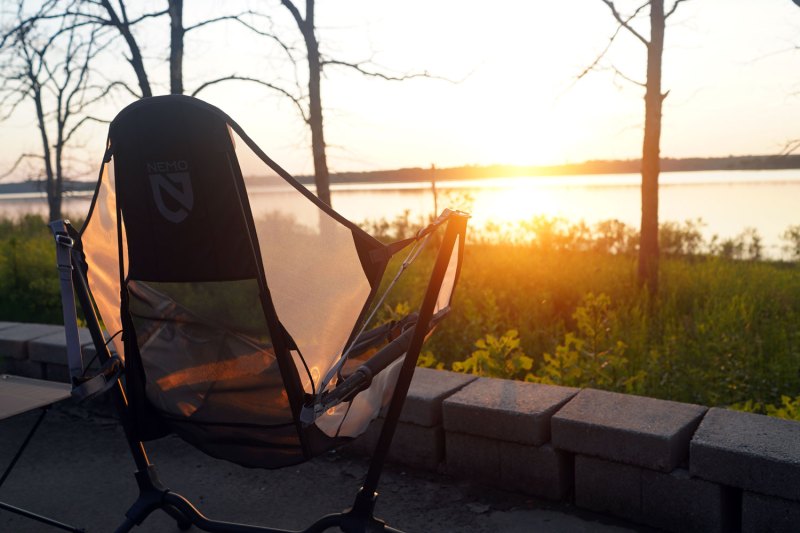
When shopping campsites, note that they’re available as back-in or pull-thru sites. If you’re not quite comfortable backing up an RV, especially if it’s relatively large, consider a pull-thru site. This allows you to literally drive straight through when you arrive and when you leave, so you’re only ever moving forward. Back-in sites are typically cheaper, but they’re also less convenient.
Lastly, no matter where you’re headed or for how long, we recommend a good packing list app to ensure you don’t forget anything. There’s nothing worse than finding yourself hours from home without a camping lantern, a good multi-tool, or whatever other swanky glamping gear you can’t leave home without.
Editors' Recommendations
- Visiting the Grand Canyon? Your complete guide for a Northern Arizona road trip
- A guide to Indiana Dunes National Park: Where to visit, what to do, and more
- Check Out This Pop-Up Camper Top for Tesla’s Cybertruck
- Airstream and Pottery Barn’s New Trailer Brings Creature Comforts to Campers
- Old Meets New With the Vintage-Inspired, Modern Cortes Campers Travel Trailer
